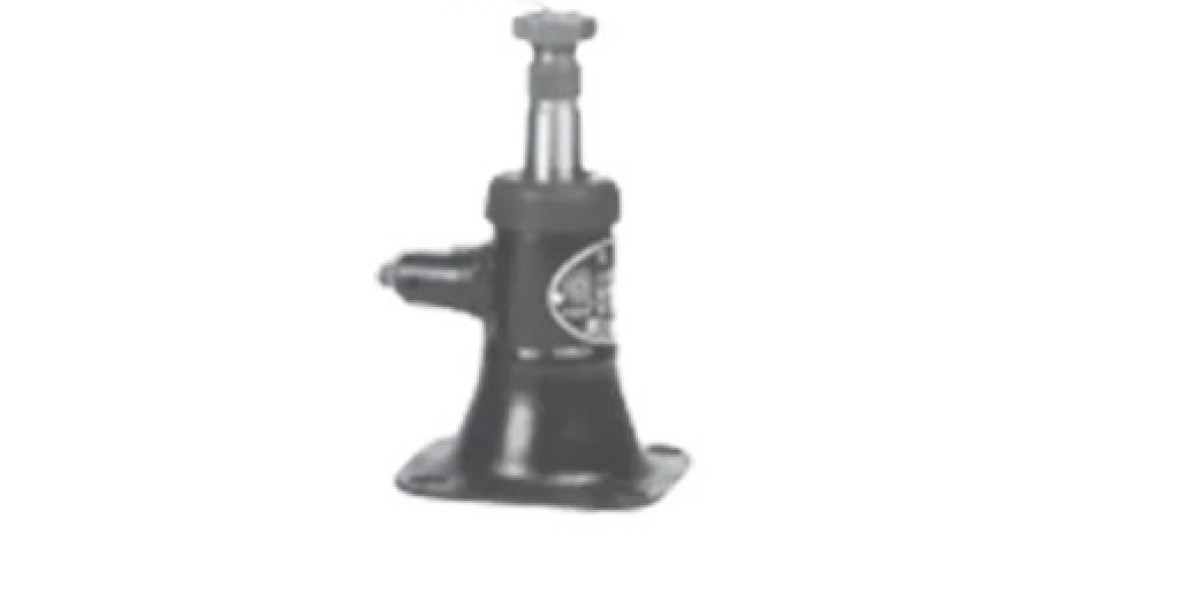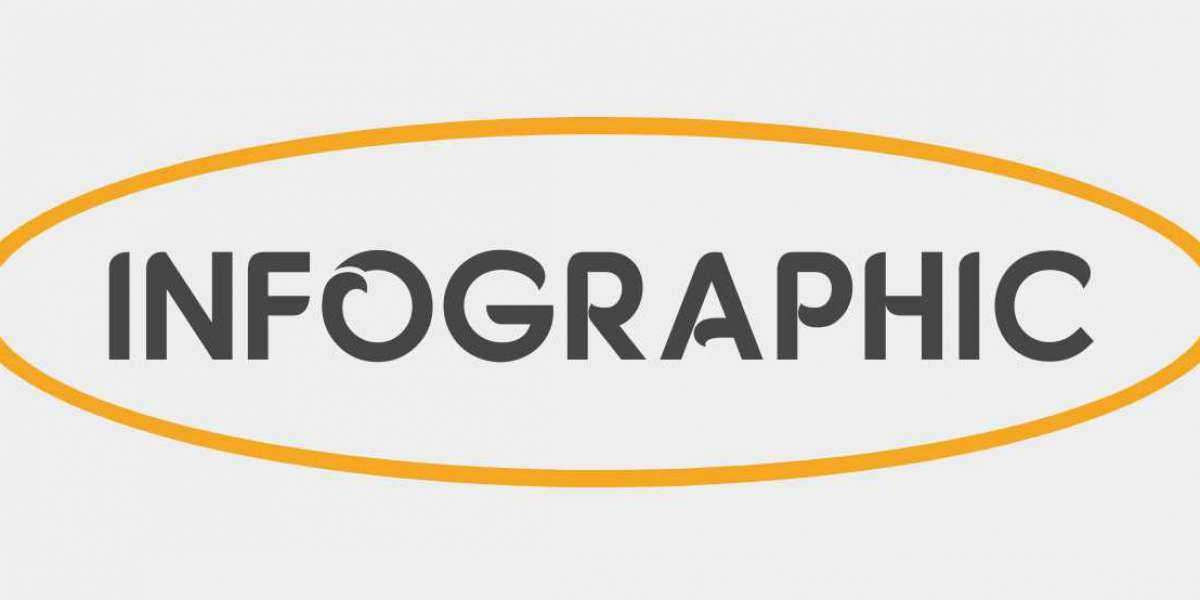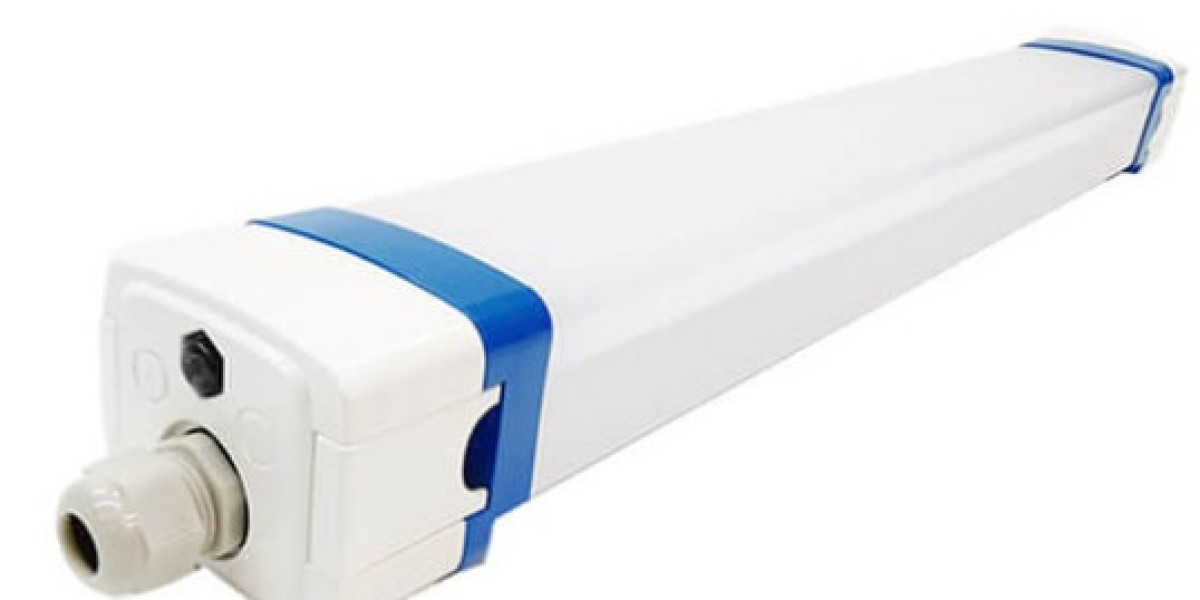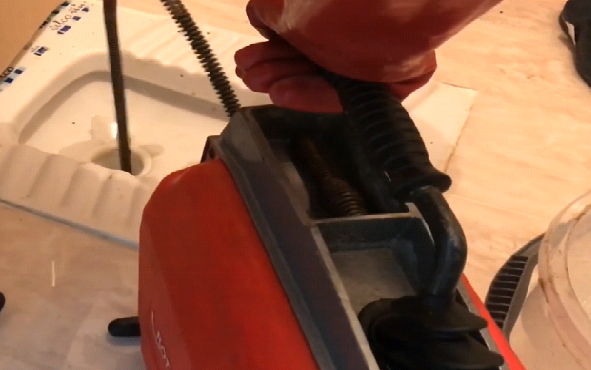The steering column is an essential component of a car's steering system, connecting the steering wheel to other steering components. It plays a crucial role in controlling the direction of the vehicle and ensuring a smooth driving experience. In this blog, AJA Technology will provide you with a comprehensive guide on the function of the steering column in a car. From understanding its components and mechanism to exploring its safety features and maintenance requirements, we will equip you with the knowledge to appreciate the significance of this vital automotive component.
I. Understanding the Steering Column
1.Components of the Steering Column:
The steering column consists of several key components, including the steering shaft, intermediate shaft, universal joints, ignition lock, and various electrical connections. These components work together to transmit the driver's input from the steering wheel to the wheels, allowing for precise control and maneuverability.
2.Steering Mechanism:
The steering column connects the steering wheel to the steering gearbox or rack and pinion, depending on the vehicle's design. As the driver turns the steering wheel, the steering column transfers the rotational motion through the intermediate shaft and universal joints, translating it into the lateral movement necessary to steer the wheels.
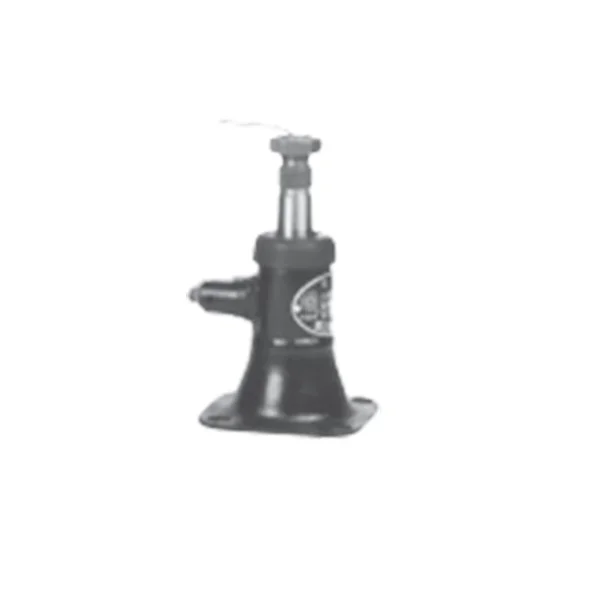
II. Functions of the Steering Column
1.Steering Wheel Control:
The primary function of the steering column is to transmit the driver's input from the steering wheel to the rest of the steering system. It allows the driver to turn the wheels and change the direction of the vehicle effortlessly.
2.Safety Features:
The steering column incorporates various safety features to protect the driver and passengers in the event of a collision. These features include a collapsible design that absorbs impact energy, reducing the risk of injury caused by the steering wheel being forced into the driver's chest or face.
3.Ignition and Electrical Connectivity:
The steering column houses the ignition lock, which allows the driver to start and stop the engine. Additionally, it provides electrical connectivity for components such as the horn, turn signals, windshield wipers, and other controls mounted on or near the steering wheel.
III. Maintenance and Troubleshooting
1.Regular Inspection:
Perform routine inspections of the steering column for any signs of wear, damage, or loose connections. Look for worn universal joints, damaged wiring, or excessive play in the steering wheel. Address any issues promptly to ensure continued safe operation.
2.Lubrication:
Proper lubrication of the steering column's moving components is essential to maintain smooth operation and minimize wear. Follow the manufacturer's recommendations for lubrication intervals and use the appropriate lubricants to prevent excessive friction.
3.Steering Column Lock:
If you experience difficulty in starting your vehicle or the steering wheel does not lock when the key is removed, it may indicate a problem with the steering column lock. Consult a qualified technician to diagnose and repair the issue.
4.Steering Column Noise:
Unusual noises, such as squeaks or clunks, coming from the steering column may indicate worn or damaged components. Have a professional inspect the steering column to identify the source of the noise and perform any necessary repairs or replacements.

Conclusion
The steering column is a critical component of a car's steering system, connecting the steering wheel to other steering components. Its primary function is to facilitate the driver's control over the vehicle's direction. Additionally, the steering column incorporates safety features, provides electrical connectivity, and houses the ignition lock. AJA Technology emphasizes the importance of regular maintenance and inspection to ensure the proper functioning of the steering column. By understanding its components, functions, and implementing appropriate maintenance measures, you can ensure a safe and enjoyable driving experience.
